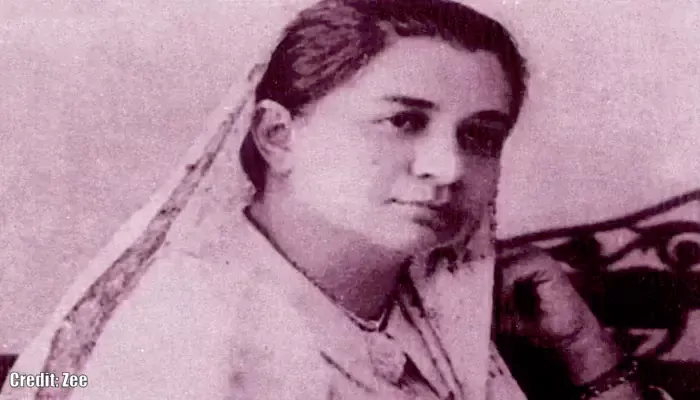
Before the tricolour fluttered proudly from the Red Fort, a woman in exile unfurled a different banner for India—boldly, defiantly, and far from home
Bhikaiji Rustom Cama was not the type to remain passive in the face of injustice. Born into an elite Parsi family in Calcutta, she was raised with all the comforts that privilege affords—yet she was willing to relinquish it to challenge an empire. Before the world recognised the modern Indian flag, it was Cama who carried an early version across borders, ideologies, and continents.
Her story began in the classrooms of the Alexandra Girls' English Institution, where her sharp mind and linguistic flair quickly set her apart. However, life had more in store than just books and language. In 1896, when plague and famine ravaged Bombay, Cama worked tirelessly with relief teams until she herself fell ill. She survived. And with survival came a deeper purpose.
By 1905, Cama had left India for Europe. The move was not for leisure, but for liberty. In Paris, alongside revolutionaries like S.R. Rana and M.B. Godrej, she co-founded the Paris Indian Society, a refuge for exiled Indian patriots. Their weapons were words. Weekly publications like Bande Mataram and Madan's Talwar—smuggled into India through the French colony of Pondicherry—became voices for a nation that had yet to speak for itself.
Cama, like the most devoted warriors of history, believed in action over applause. While the British Empire sought to silence resistance, she printed the truth in ink darker than colonial lies.

On August 22, 1907, the world turned its attention to Stuttgart, Germany, where the Second International Socialist Congress was in session. Among seasoned revolutionaries and international delegates stood Madame Cama. In her hand, a flag. Not the Union Jack. Not yet the Indian tricolour. This was a symbol of resistance—red, yellow, and green—emblazoned with the Saptarishi constellation and a single lotus.
And then, she raised it.
In that moment, the room was not just witnessing a woman's speech—it was hearing the heartbeat of a country demanding to be free. Her message was clear: India must be independent, and its people must stand tall among equals.

Cama's activism extended beyond nationalism. She passionately promoted gender equality with unwavering honesty. In a fiery 1910 speech in Cairo, she criticised the absence of women in political forums. "Sons of Egypt," she asked, "where are your daughters?" Her words transcended borders, cultures, and generations. In a world that often silenced women's voices, Cama refused to diminish hers.
While her dream of seeing a free India did not come true in her lifetime, her contributions paved the way for it. The flag she raised in Europe later inspired the design of the Indian national flag adopted in 1947. Today, her name adorns roads, metro stations, and stamps. But more than that, her legacy endures in every woman who challenges authority, every voice that refuses to be silenced, and every Indian who stands proud beneath the national flag.
Bhikaiji Cama was not just a woman of her time. She was a woman ahead of it—fierce, visionary, and unwavering. When history tried to keep her on the sidelines, she wrote herself into its very centre.
And somewhere in the archives of forgotten revolutions, a flag still flies—raised not on Indian soil, but in the spirit of India, carried by a daughter who never stopped believing.